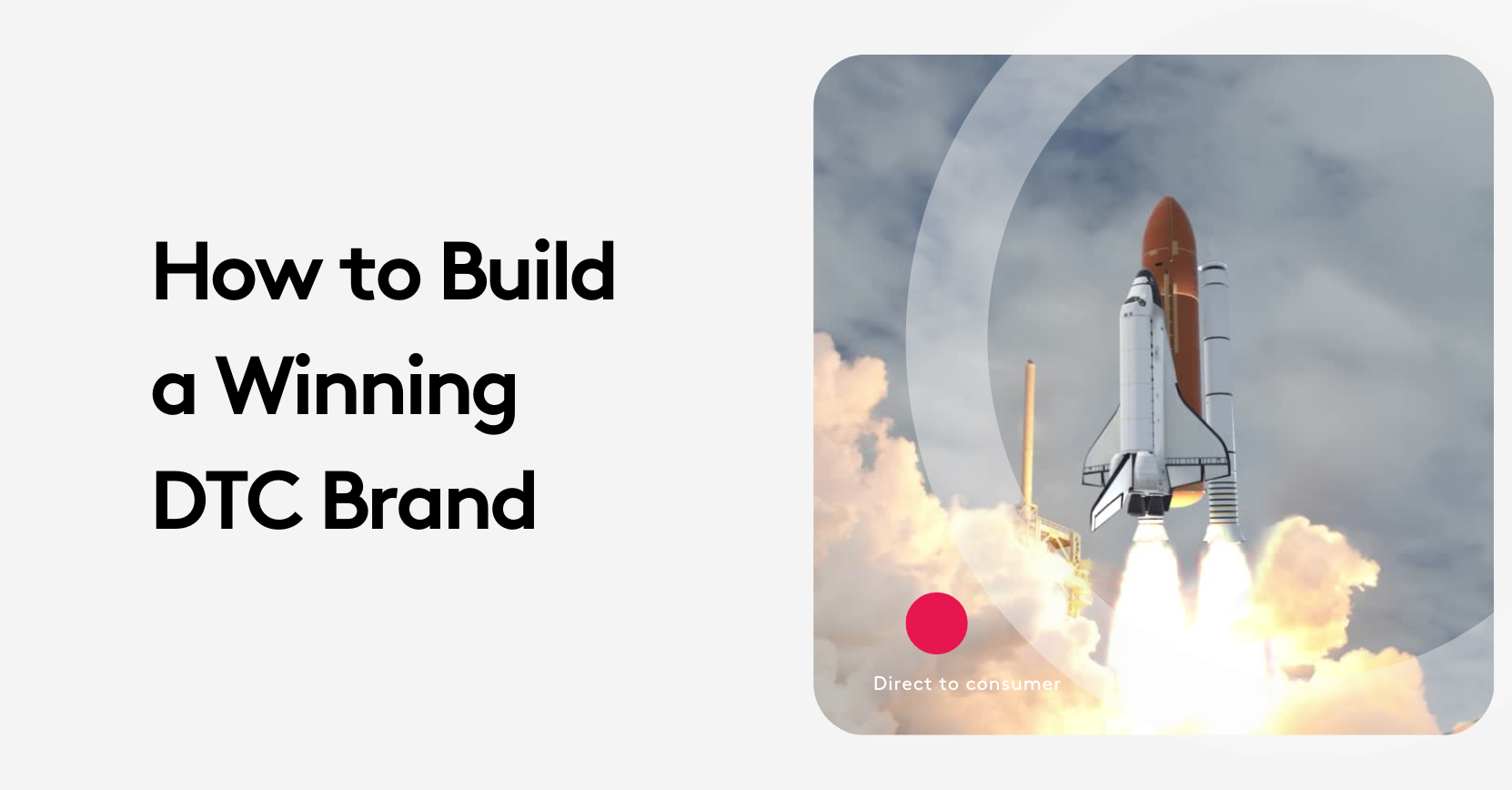For today’s entrepreneurs, building a Direct-to-Consumer *D2C) brand is an exciting but challenging venture. The increasing usage of social media and online shopping has opened the door to more opportunities for entrepreneurs – a great chance to build brands that connect directly with the audience without the conventional retail channels.
But creating a successful D2C brand requires more than just having a great product—it takes vision, strategy, and the ability to adapt quickly to consumer demands. In this article, we’ll dive into the essential lessons every entrepreneur should know when building a D2C brand.
1. Start With a Problem, Not a Product
Entrepreneurial Lesson: The best startups are built around solving a real, painful problem.
Too many D2C founders fall into the trap of creating a product they think the market wants. Instead, successful brands like Dollar Shave Club or Allbirds identified unmet needs—affordable razors delivered to your door or sustainable shoes with a minimal carbon footprint.
Ask yourself:
-
What daily frustrations do people face in your target category?
-
What alternatives are they settling for?
-
Can you simplify, personalize, or disrupt the existing experience?
Before investing in inventory or branding, validate your idea through surveys, social media, and lean MVP (Minimum Viable Product) launches.
2. Build a Brand, Not Just a Business
Entrepreneurial Lesson: Emotional resonance builds loyalty faster than features.
Branding goes beyond logos and packaging—it’s about the story you tell and the values you embody. In a saturated market, customers aren’t just buying your product; they’re buying into your mission.
Take Glossier, for example. It didn’t just sell skincare; it sold empowerment and community. This emotional connection fostered a cult-like following, something no amount of paid ads can replicate.
Brand-building essentials:
-
Define your mission, vision, and core values.
-
Speak in a consistent voice across all channels.
-
Share your journey authentically—even your failures.
3. Leverage Digital Marketing with Purpose
Entrepreneurial Lesson: Growth isn’t about doing everything—just doing the right things.
D2C brands thrive on digital platforms, but successful founders are strategic. They know which channels drive engagement, which metrics truly matter, and when to pivot.
Instead of blasting every platform, focus on a few that align with your target demographic:
-
Instagram/TikTok for lifestyle and visual storytelling.
-
Email marketing for retention and conversion.
-
Content marketing (blogs, YouTube) to build SEO and thought leadership.
Use A/B testing and customer feedback loops to iterate quickly. Don’t chase vanity metrics like likes—track CAC (Customer Acquisition Cost), LTV (Lifetime Value), and conversion rates.
4. Start Lean, Scale Smart
Entrepreneurial Lesson: Agility is your biggest competitive advantage in the early days.
One common pitfall is over-investing in infrastructure—like warehousing, custom packaging, or complex tech—before proving demand. Instead, adopt a lean startup model:
-
Use dropshipping or third-party logistics initially.
-
Outsource design and development to freelancers or agencies.
-
Start with a single product or hero SKU before expanding.
Once traction is validated, reinvest profits into scalable operations. Brands like Gymshark began in a garage and grew methodically based on real sales—not venture capital hype.
5. Build Community, Not Just Traffic
Entrepreneurial Lesson: Your most valuable asset is your customer base—nurture it like gold.
Acquisition costs are rising. The best D2C brands offset this by focusing on community-led growth. This means:
-
Creating loyalty programs that reward engagement.
-
Encouraging user-generated content (UGC) and reviews.
-
Hosting virtual or real-world events to deepen customer bonds.
Remember, your community can become your best marketers. When people feel heard and valued, they not only buy—they advocate.
6. Optimize the Customer Experience
Entrepreneurial Lesson: The customer journey doesn’t end at checkout—it starts there.
D2C success hinges on seamless experiences—from unboxing to post-purchase support. Exceptional customer service can turn a one-time buyer into a lifelong fan.
Areas to refine:
-
Mobile-optimized, fast-loading website.
-
Easy returns and transparent policies.
-
Thoughtful packaging that surprises and delights.
-
Personalized follow-up emails and offers.
In an age where customer expectations are sky-high, consistency and delight can set you apart more than discounts ever will.
7. Don’t Be Afraid to Pivot
Entrepreneurial Lesson: Flexibility beats stubbornness.
Every founder faces setbacks. Maybe a campaign flops. Maybe your product isn’t resonating as expected. The D2C path is rarely linear, but what separates winners is their ability to learn and pivot.
The key is staying close to your data and customers. Track KPIs relentlessly, listen to feedback, and be willing to tweak messaging, reposition your product, or even change your business model.
Remember: failing fast isn’t failing—it’s refining.
Final Thoughts: Your Brand is a Living Business Card
Building a successful D2C brand is one of the most rewarding yet challenging paths in modern entrepreneurship. It demands creativity, resilience, empathy, and agility.
But with the right mindset—focused on solving real problems, telling compelling stories, and delivering genuine value—you can carve out a lasting place in your market.
The world doesn’t need more products. It needs more purposeful ones.

